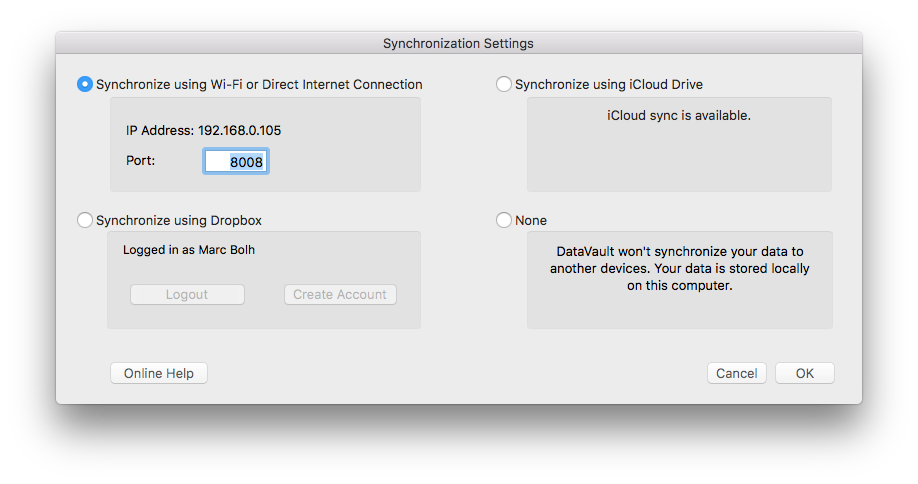
I’ve used powerline adapters quite a bit as my previous apartments were solid concrete & rebar, they worked pretty well and from what I read, they have gotten a LOT faster since then. In terms of fixed IP addresses, again you should really need them – just use the UNC paths of the PCs (e.g. You should need to map network drives, just create a shared folder on the Synology and use the UNC path to it (\\NASNAME\SHAREName\) – provided your machines are using your local router for DNS, this should work fine.

This really depends on the type of backup you’re doing, these days I generally ‘image’ my PCs shortly after a clean installation and manually copy the image to the NAS. If your NAS is operating on a private home network, you may want to disable transport encryption mode (use at your own risk) and enable opportunistic locking:įor me on my Synology DS215j, this took my file transfers from around 5MBps to around 80MBps!įor anyone looking for a better network platform for home, check out my article on Ubiquiti’s Unifi kit. In Advanced Settings, set the Maximum SMB protocol to SMB3, I also increased the minimum SMB protocol to SMB2. Login to the Synology NAS and click on Control Panel:Įnsure that the SMB service is enabled then click Advanced Settings:

To find and check this, perform the following steps: Unfortunately, the file transfer speeds are so bad you’re considering buying a turtle and glueing a USB drive to its back to speed up file copying.Īfter hours of searching the net for an answer, in the end, I found the cause of my woes in a couple of little settings tucked away on the Synology – effectively my Synology NAS wasn’t even trying to use newer/faster versions of the SMB protocol. So you’ve got a shiny new Synology NAS and you’ve started storing files on it, videos, music and so forth.


 0 kommentar(er)
0 kommentar(er)
